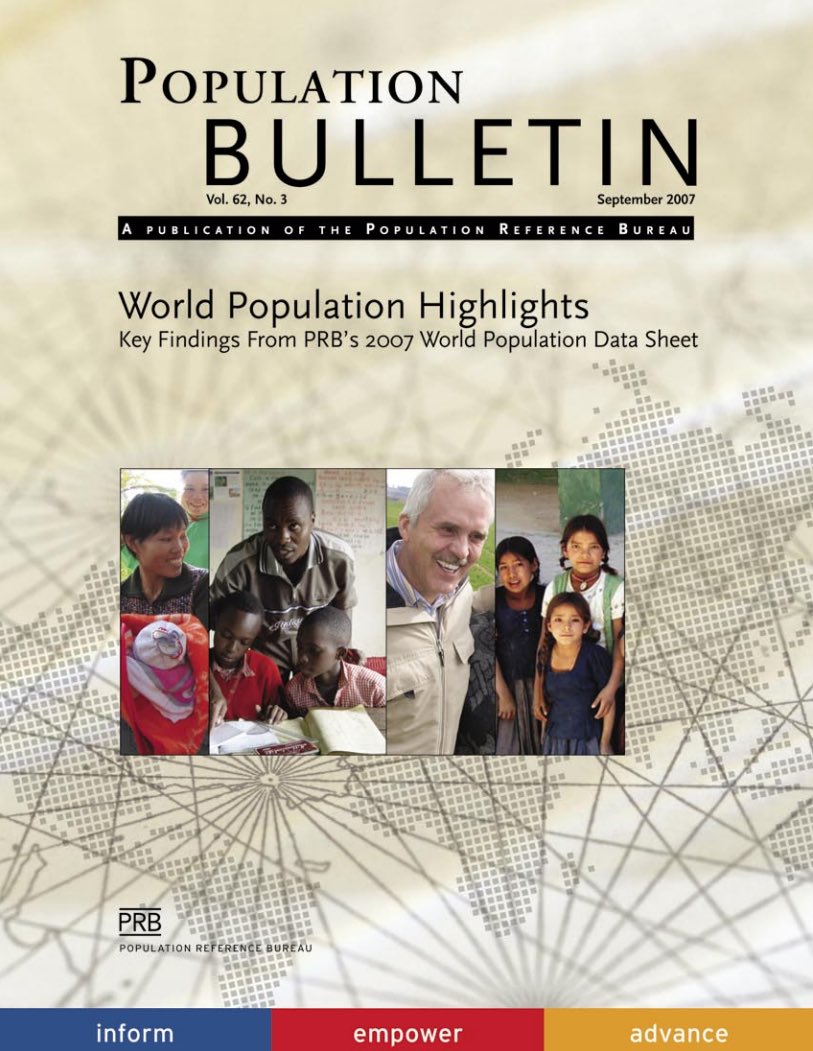536 Search Results Found For : "❤️ Dating for me: www.Dating4Me.site ❤️ Is Nash Grier Dating"
Census Bureau Plans to Eliminate ‘Foster Child’ Category
(2007) The U.S. Census Bureau plans to eliminate the "foster child" relationship category on its questionnaires for the 2010 Census and the American Community Survey. They will be counted with other children, but foster children's characteristics as a group will not be available.

Population Bulletin, vol. 62, no. 3: World Population Highlights 2007–Migration
2007) In 2005, about 191 million people—3 percent of the world's population—were international migrants, according to UN estimates.

Project: PACE: Policy, Advocacy, and Communication Enhanced for Population and Reproductive Health
Senegal ENGAGE Presentation Focuses on Religion and Family Health
Le Sénégal s’Engage: la Religion et la Santé familiale (Senegal Engage: Religion and Family Health) is a new ENGAGE presentation that serves as an advocacy tool to connect reproductive health and family planning issues with faith-based attitudes and beliefs.

World Population Highlights 2007: Migration
2007) In 2005, about 191 million people—3 percent of the world's population—were international migrants, according to UN estimates.

Changing Race and Ethnicity Questions on the U.S. Census Form Reflect Evolving Views
Census questions about race and ethnicity have evolved over time, as have Americans’ views about racial and ethnic identification.
Shifting Latino Ethnic and Racial Identity
(2010) Over the past several decades, the U.S. Census Bureau has used variations in its attempt to classify and enumerate Latinos.
Differences Between the ACS and Decennial Census
(2009) While the main function of the U.S. decennial census is to provide counts of people for the purpose of Congressional apportionment, the primary purpose of the ACS is to measure the changing social and economic characteristics of the U.S. population.
